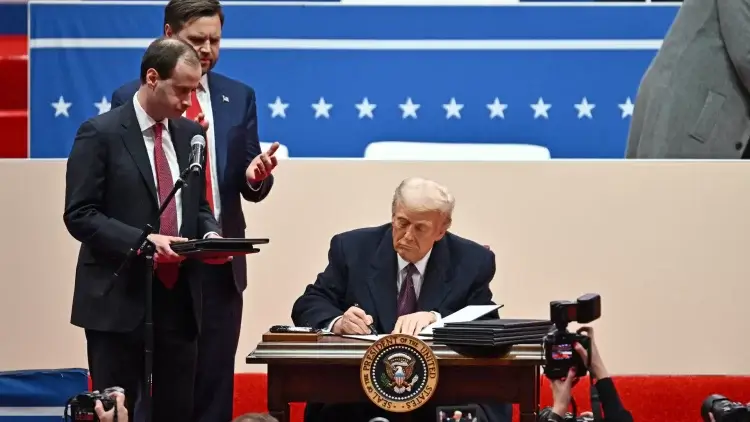The Future of Remote Work in the Federal Sector
As the nation continues to adapt to changing work environments, the question arises: can President Trump effectively terminate telework for federal employees? While his executive orders may initiate significant changes, they may not completely alter the existing framework. The debates surrounding telework are complex, often involving multiple stakeholder perspectives, ranging from government efficiency to employee preferences.
Federal agencies have increasingly relied on time tracking software to monitor productivity and manage workflows. This shift towards a more digitized approach has led to the necessity for effective time monitoring solutions — vital for ensuring that both remote and in-office employees are performing optimally. However, the long-standing telework policies built during the pandemic cannot be quickly dismantled without considering employee morale and operational efficiency.
The Role of Time Monitoring in Federal Work
Current discussions emphasize the importance of utilizing a time logging solution that integrates smoothly into existing systems. This is particularly crucial for federal agencies that need to measure employee productivity accurately without compromising their performance. Tools like time tracking applications can enhance transparency and accountability, while also providing insights necessary for improving operational processes.
Additionally, companies that adopt advanced time management tools witness a boost in their overall effectiveness. By leveraging time tracking for work hours, agencies can manage resources more efficiently. The data collected from such software can inform policy decisions, demonstrating the productivity levels of teleworking staff compared to their in-office counterparts.
Challenges in Implementing Changes to Telework Policies
It is essential to recognize the challenges faced when modifying telework arrangements for federal employees. First and foremost, there is the potential risk of declining employee satisfaction. Many workers appreciate the flexibility and improved work-life balance that telework affords. This satisfaction often translates into high productivity levels, so any abrupt shift could backfire.
Moreover, logistical hurdles arise when enforcing new in-office requirements. Agencies must consider the implementation of time tracking software to ensure compliance and monitor attendance effectively. Remote work was implemented rapidly at the onset of the pandemic, making the transition back to office-based arrangements potentially chaotic without proper time management systems in place.
Potential Benefits of Switching Back to In-Office Work
While the push to end telework may seem appealing to some, it is crucial to assess both the benefits and drawbacks. Here are a few considerations that highlight the potential advantages of increasing in-office work:
- Enhanced collaboration: Face-to-face interactions can lead to more dynamic discussions and spontaneous brainstorming sessions.
- Stronger team cohesion: In-person work can strengthen relationships and camaraderie among employees, fostering a better overall team culture.
- Improved supervision: Managers can more effectively oversee team members, leading to better time management and productivity tracking.
- Increased accountability: Being physically present may encourage employees to adhere to their responsibilities more diligently.
- Optimized resource use: Agencies might better manage office resources when all employees are on site.
However, these benefits must be weighed against the evolving needs of the workforce and the uptick in demand for flexible work arrangements.
Conclusion
While Trump's executive order might initiate a discussion about the future of telework for federal employees, it is unlikely to be the final decision. The integration of time tracking solutions could play a pivotal role in shaping how federal work environments evolve, ensuring that productivity is maintained alongside employee satisfaction. Ultimately, a nuanced approach will be required to balance operational efficiency with the preferences of the current workforce.

